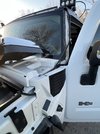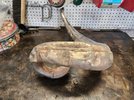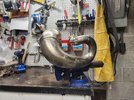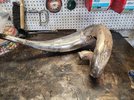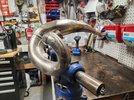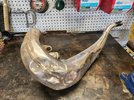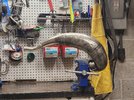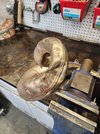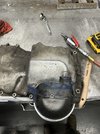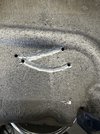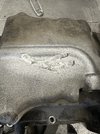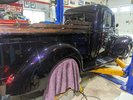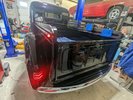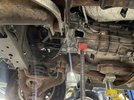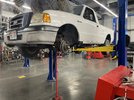One of the Auto students used a post jack on a cast aluminum oil pan without any kind of blocking and cracked the pan earlier this week.
Instructor brought it over and asked if we could weld it up. I love opportunities like this because my liability is way low (because it's a donated school car) and I get to practice something that doesn't come across my desk often.
Cast aluminum seems to scare a lot of people but it is relatively easy to repair if you already have TIG Aluminum abilities.
Lots of cleaning, and then run the arc with no filler just below melting amperage to help bring out all the spider cracks you can't see. Drill holes in the ends to keep the cracks from spreading further. Then weld it all up with a copious amount of filler.
View attachment 171721
View attachment 171722
View attachment 171723

